
Dubai: With the topic of Metaverse attracting a lot of attention these past months, here’s how you can bank on this trend and make money off it. However, let’s first understand what it is and how it works.
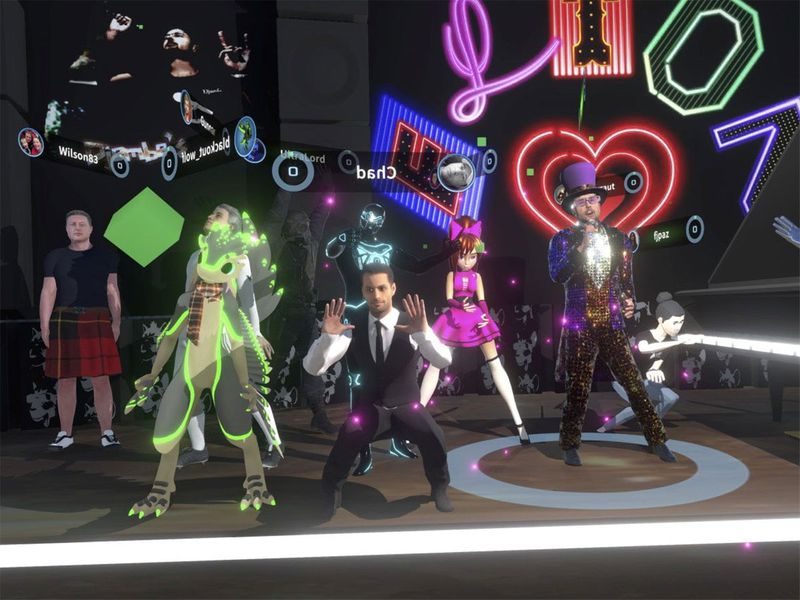
How does Metaverse impact me?
Hypothetically, instead of following directions on your phone’s maps or GPS, imagine seeing them on a heads-up display (HUD) - a transparent display that presents data without requiring users to look away from their usual viewpoints.
And instead of holding up a phone to capture a moment at a concert or sporting event, picture a device that captures the moment without getting in the way of the live experience. This is where the Metaverse comes in. It is essentially a way to better blend the digital and physical worlds.
Various sectors like education have radically changed post-pandemic and have become more technology-intensive. Tech experts opine how the Metaverse will potentially alter these sectors further by introducing virtual reality (VR) based wearables.
These wearables will introduce the users to an alternate virtual world from their homes. Post-work routines like watching movies or social interactions with friends will have their alternatives in the virtual world without the hassles involved in the physical world.
In short, the Metaverse allows people to work, shop, exercise, do business, buy land or even make art in a virtual environment, proving that the possibilities are endless.
_resources1_16a4a16d224_original-ratio.jpg)
How was the Metaverse formed?
The early computer laid the foundation of what is now known as the Metaverse. As computers became more sophisticated and stored more complex programs they created what is now the modern digital landscape.
As computer hardware progressed they created a stand-alone ‘cyberspace’, which is simply a metaphysical space existing within the computer’s stored memory.
This cyberspace took on a new meaning as computers became networked to create the internet. The internet is the original iteration of what we now think of as the Metaverse.
Think of the internet as an infinite collection of information. A network of networked computers. It’s an aggregated collection of cyberspaces merged into one. You can add whatever you want to it, whenever you want. But when you log off, it doesn’t simply shut down like a single computer’s cyberspace.
Because the internet is created through a network of computers it never shuts off. Regardless of your actions. Others are free to interact with this digital landscape when and how they please.
Isn’t Metaverse just a hype currently?
Based on a detailed report on the evolution of the Metaverse by US-based brokerage Bernstein’s internet analyst Mark Shmulik, the Metaverse hype has peaked, thanks to Mark Zuckerberg’s decision to rebrand Facebook as ‘Meta Platforms’.
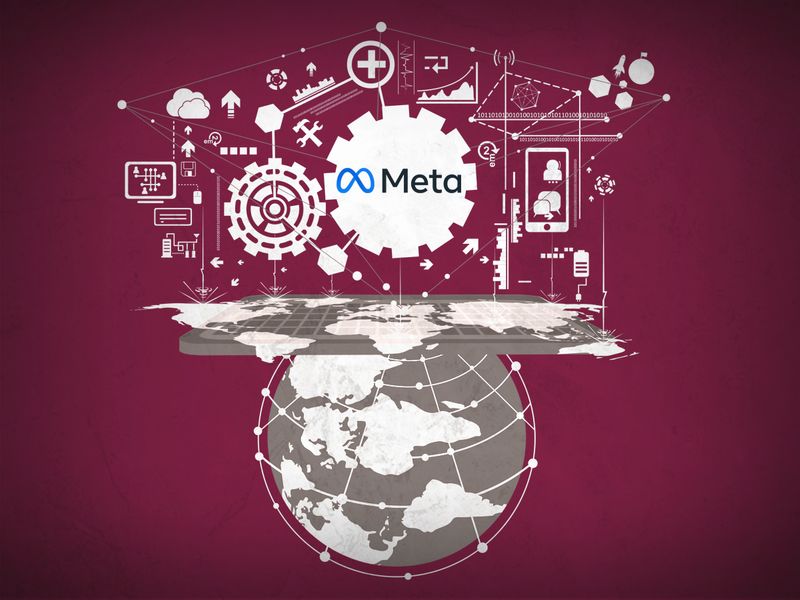
Like most other internet analysts, Shmulik noted that despite the hype, the Metaverse isn’t just a fad.
“It’s an important concept for investors to understand when thinking about the longer-term growth prospects for many tech companies,” Shmulik wrote. However, Shmulik also flagged substantial investor confusion and debate about what is meant by the term, Metaverse.
“A future depicted in films where we retreat into virtual worlds through immersive headsets and wearables may appeal to some, but the repulsion felt by others may well support a broader, less immersive Metaverse definition,” Shmulik noted.
Parts of the Metaverse already exist with hardware like the Facebook ‘Quest’ and Microsoft ‘HoloLens’ headsets, and the Apple Watch, software platforms like Fortnite and Roblox, enhanced reality experiences like Pokémon Go, and virtual collaboration experiences like Microsoft’s Mesh for Teams.
However, what’s less clear is both the size of the opportunity, and how it will unfold for the mass market, Shmulik cautioned. “The timing is still unknown, as we’re early on the adoption curve and current Metaverse technology doesn’t offer the necessary value for many users,” Shmulik further noted.
Like Shmulik, most other internet analysts are of the view that the Metaverse will likely unfold slowly, but when it does, the implementation will be at once, with Shmulik adding that this would then trigger “a fundamental shift in how we use the Internet.”
This view is supported by the fact that wearables and virtual worlds are already here, with physical brands building a presence within them. “While the use case to drive mass adoption may still be out there, we may be closer to the unlock moment than people think,” Shmulik wrote.
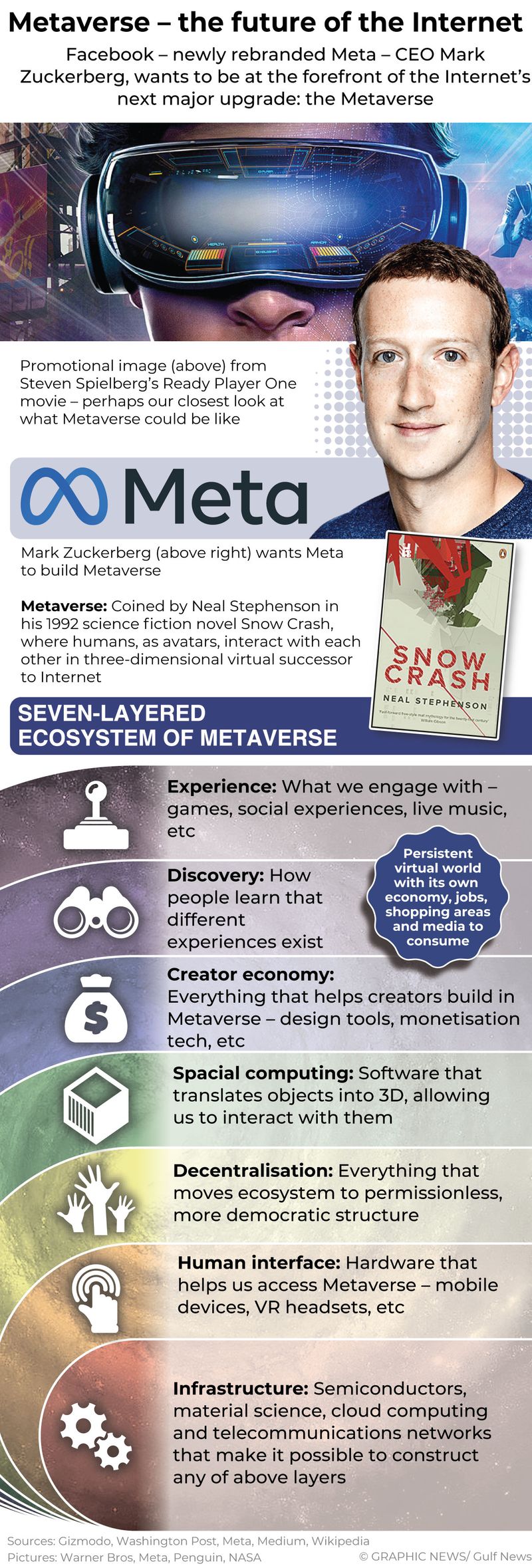
Metaverse and its connection to virtual reality (VR) and augmented reality (AR)
So, Metaverse is understood as a combination of virtual and/or augmented reality (explained below) and video where people can live in a virtually programmed and developed world that is different from reality but is built by taking inspiration from the real environment around us.
Augmented reality (AR) is an enhanced version of the real physical world that is achieved through the use of digital visual elements, sound, or other sensory stimuli delivered via technology. It is a growing trend among companies involved in mobile computing and business applications in particular.
The difference between VR and AR is in the devices they require and the experience itself: AR uses a real-world setting while VR is completely virtual. VR requires a headset device, but AR can be accessed with a smartphone. AR enhances both the virtual and real world while VR only enhances a fictional reality.
In other words, the Metaverse is a virtual world that mixes social media, online gaming, augmented reality (AR), virtual reality (VR), and even cryptocurrencies to enable people to interact virtually with each other.
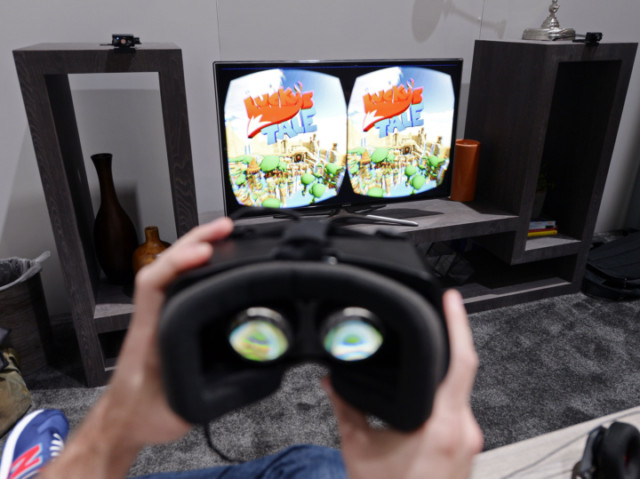
Digital transactions in the Metaverse: This is where cryptocurrency plays a big role
Like every economy needs a currency, the Metaverse, which is also a fully immersive virtual economy, needs a mode of payment and the functioning of the Metaverse will depend on how easy it is for people to transact in.
Since activities and interactions in the virtual world are all done through an avatar of the user, it is not possible to transact in fiat currency (traditional paper currency). This is where cryptocurrencies fit in perfectly, given that it’s already being utilised to facilitate real-world and digital transactions.
Some Metaverses today already use cryptocurrency as a form of payment. The use of cryptocurrency makes all virtual transactions spontaneous, and the blockchain technology powering them makes the transactions highly secure as well as trustworthy.
Moreover, with the ability to seamlessly convert from fiat currencies to cryptocurrencies, people will switch between the physical world and the Metaverse with relative ease, tech and crypto experts agree.
Can I make real-world money in the virtual Metaverse?
Metaverse and cryptocurrencies work in close association and unlock a vast possibility of experiences that can only be lived virtually.

The blockchain platform not only adds security and safety to digital transactions but also unlocks the concept of virtual ownership of assets, which was previously a less explored arena.
NFTs: We currently already have a nascent version of the Metaverse existing with digital goods like Non-Fungible Tokens (NFTs) representing popular art and digital memorabilia already being bought by investors and cryptocurrency fans alike.
These NFTs are nothing but cryptographic tokens (converting anything into a unique code) in which the ownership details of the virtual assets are embedded. An NFT could even be in the form of digital art, any in-game property, etc.
In practice, NFTs can take many shapes inside virtual worlds: characters, items, land, decorative personalisation features such as digital clothing, and more.
Video games: Blockchain is already being applied to a broad range of sectors from finance to art – and video games are no exception.
Play-to-earn games rely on blockchain technology, including in the form of NFTs, as the foundation for value creation. People ‘earn’ the most valuable items by playing the game very well, and can sell them for real-world money at their own terms.
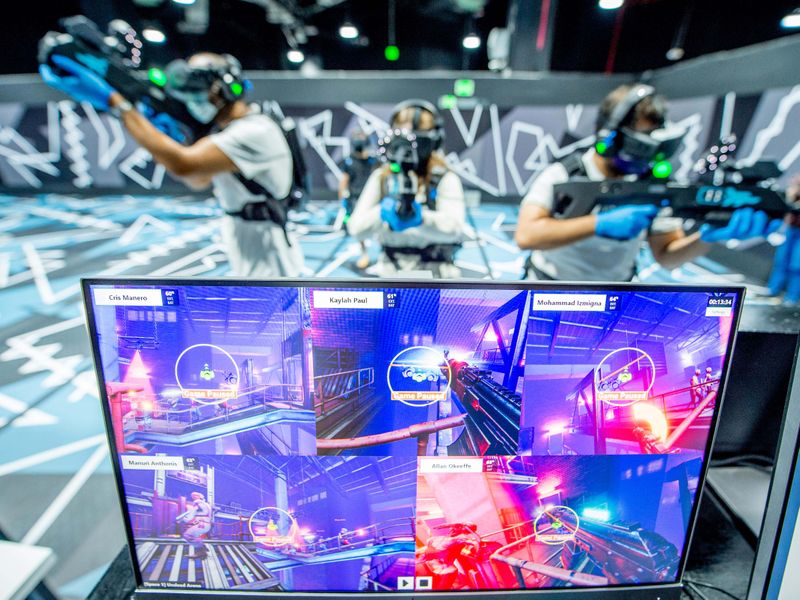
Digital property: Some Metaverse apps also allow users to own virtual or digital land.
But many of us may think who would pay real money for the rights to a piece of a virtual world that doesn’t entirely exist yet and will never exist in the real world? The concept of buying and selling digital property in a digital world may sound fairly mind-bending.
But looking back at the NFT craze or the cryptocurrency boom in recent years, plenty of people have been pouring so much money into digital assets with the expectation that others might be willing to pay even more for them in the future. Buying and selling property on the Metaverse is happening under a similar assumption.
What makes the Metaverse real estate boom all the more enticing, though, is the idea that once you own a piece of digital land, you might be able to make money by leasing it out or selling ads, matter experts explain.
What are the main risks of the Metaverse?
If individuals are to allocate a lot of time and attention, hard-earned money or personal investments into digital environments, establishing trust in the durability of their digital presence and goods is paramount.
Early implementations show that this is indeed achievable with blockchain technology, which, using cryptography, can ensure digital trust and a decentralised storage of value.
However, litigation firms worldwide warn that the Metaverse will see disputes over intellectual property and ownership, data protection, content licensing as well as risks around crypto assets.

Many lawsuits will have to be fought to establish the rules. For example, in September online multiplayer gaming firm Roblox settled a lawsuit with the US National Music Publishers Association which paves the way for artists to be able to debut their music in the Metaverse.
But for investors, the biggest risk is figuring out which companies really know how to build a compelling Metaverse that people will want to join and return to. Business analysts opine how if some founders take a ‘build it and they will come’ approach, they will fail. In other words, success or failure will be fast.
Another risk is that the Metaverse remains too fragmented and people can’t take their virtual identities across different platforms. Multiple businesses are fighting to become the glue between the different virtual worlds but the risk is that no strong winner emerges leading to fragmented communities.
While some of these apps allow users to own virtual land, play-to-earn, among others, given these platforms are still in their infancy, users must tread with caution as most of them are unregulated.
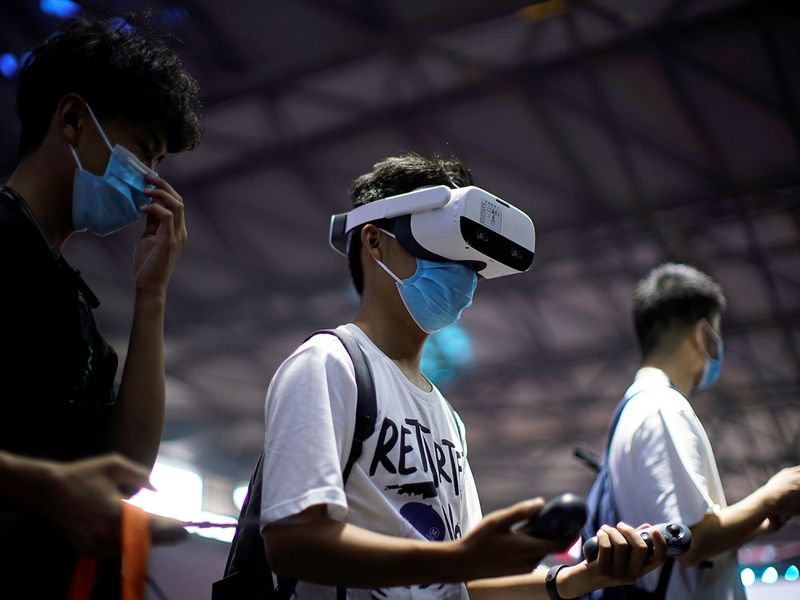
Here are three most popular cryptocurrencies associated with multiple virtual platforms or Metaverses. These are just a few among several others.
Some of the biggest Metaverse tokens or cryptocurrencies you can buy currently:
Decentraland (MANA): Decentraland is a virtual reality space that allows people to buy or sell, maintain and manage virtual property called LAND. In this Metaverse, people can develop their LAND in whichever way they see fit, either through phone, laptop, or desktop.
‘MANA’ is the cryptocurrency of the game that one must possess and transact in to pay for goods and services that they choose to avail in the game.
MANA is based on the Ethereum blockchain and has been well received by the masses (including new users), propelling its value by 400 per cent soon after Facebook rebranded itself to Meta. This also triggered a whole new level of interest in cryptocurrency in general.
The Sandbox (SAND): Sandbox is another virtual world that allows people to manage virtual land as well as other digital assets through an alternate yet native Metaverse cryptocurrency called SAND. The digital experience can be easily monetised online through this cryptocurrency.
Sandbox is unique as it allows people the freedom to use SAND – be it in conceptualising their own game, using it in other games, or managing other virtual assets.
Like MANA, SAND is also powered by the Ethereum blockchain that makes it comparatively safe and secure. Moreover, SAND is backed by Japan’s SoftBank through its Vision Fund, one of the most popular tech-investment names in this space.
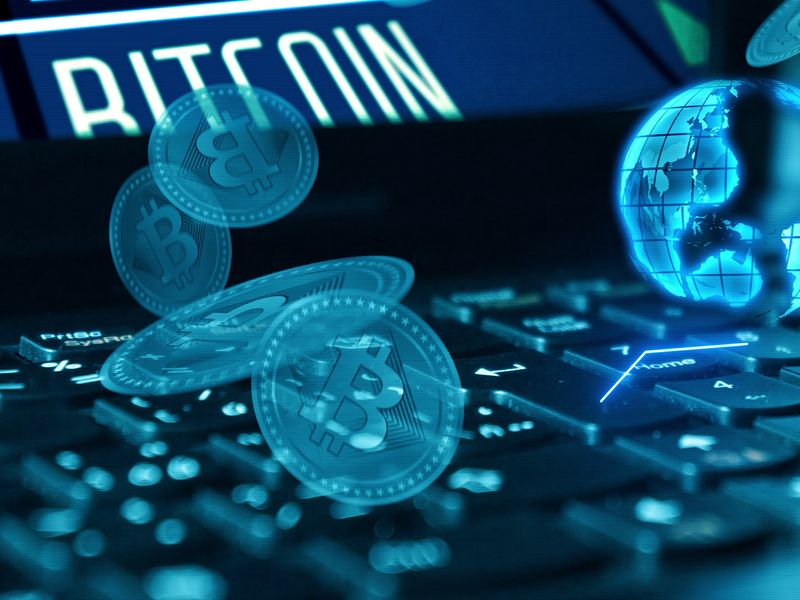
Star Atlas (ATLAS): Star Atlas lets people explore the virtual extra-terrestrial space wherein they can use a customised spaceship to access an incredibly unique Metaverse, create their own virtual world, and create or join a faction.
These in-game activities are enabled by the ATLAS Metaverse token on the Solana blockchain, which is much cheaper, faster, more secure, and even more scalable than the Ethereum blockchain.
ATLAS can also be deployed to obtain an in-game currency called POLIS, which could become an annoying aspect for some, but it also allows people to virtually live through additional experiences that become enabled through POLIS.
Verdict: Is Metaverse a digital craze worth investing in?
With talks of the Metaverse making its rounds since long, why should this virtual universe take off this time?
This is because the world’s big tech companies are going all in on the Metaverse, with Microsoft wanting to build the Enterprise Metaverse, which is the next generation of the mobile internet that will consist of shared, 3D virtual spaces linked to form a virtual ‘universe’.
Meanwhile, online multiplayer games like Fortnite, Minecraft (owned by Microsoft) and Roblox have already made social gaming a mainstream phenomenon and have created platforms that can be the building blocks for developing the Metaverse.
The computing power to scale virtual reality to a massive scale is only now rapidly emerging. Companies which specialise in creating large-scale distributed computing can now get large-scale servers, and some firms are talking about hosting concerts and sporting events in the virtual world.
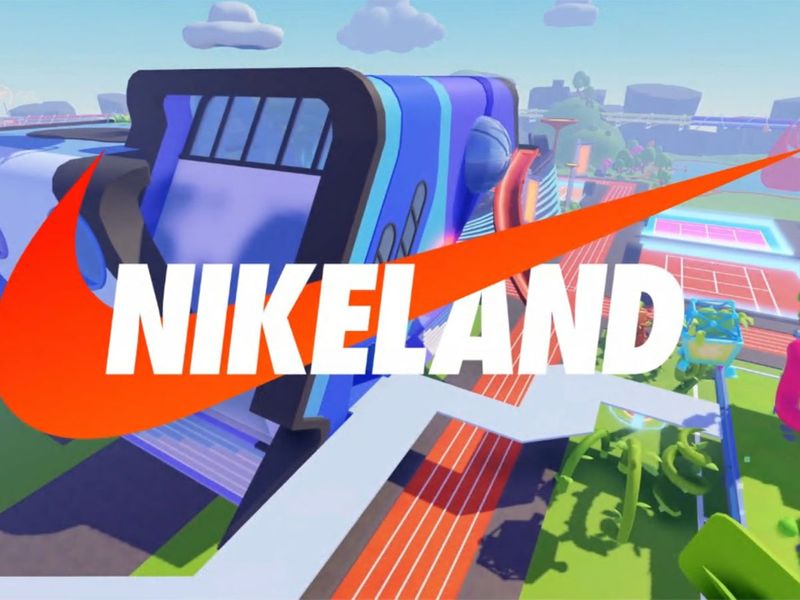
Companies are also building immersive music experiences for the Metaverse and has partnerships with international artists like David Guetta, Snoop Dogg, Ne-Yo and Akon.
Moreover, cryptocurrencies and NFTs make it easier to buy and sell things inside the Metaverse, opening up commercial opportunities. And importantly, these exchangeable tokens will also eventually make it possible to move your virtual identity and goods between different Metaverse worlds.
So this could indeed be the future. If and when mixed reality glasses become a thing — some analysts think that Apple will release a version of them in 2022 — we could be walking around looking at a collision of real and digital worlds.
And even though a lot of companies are scrambling to stake their claim, it’s unclear exactly who will dominate that space.
Then again, it’s entirely possible that not many people want to be in a virtual world, meeting other avatars and buying NFTs with cryptocurrency and inhabit some boundless digital space filled with ads.
But if indeed the Metaverse is this century’s answer to the Internet or the worldwide web, you can buy or get your piece of the action now.








